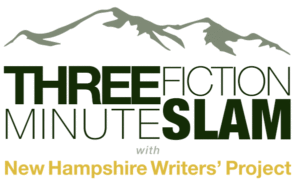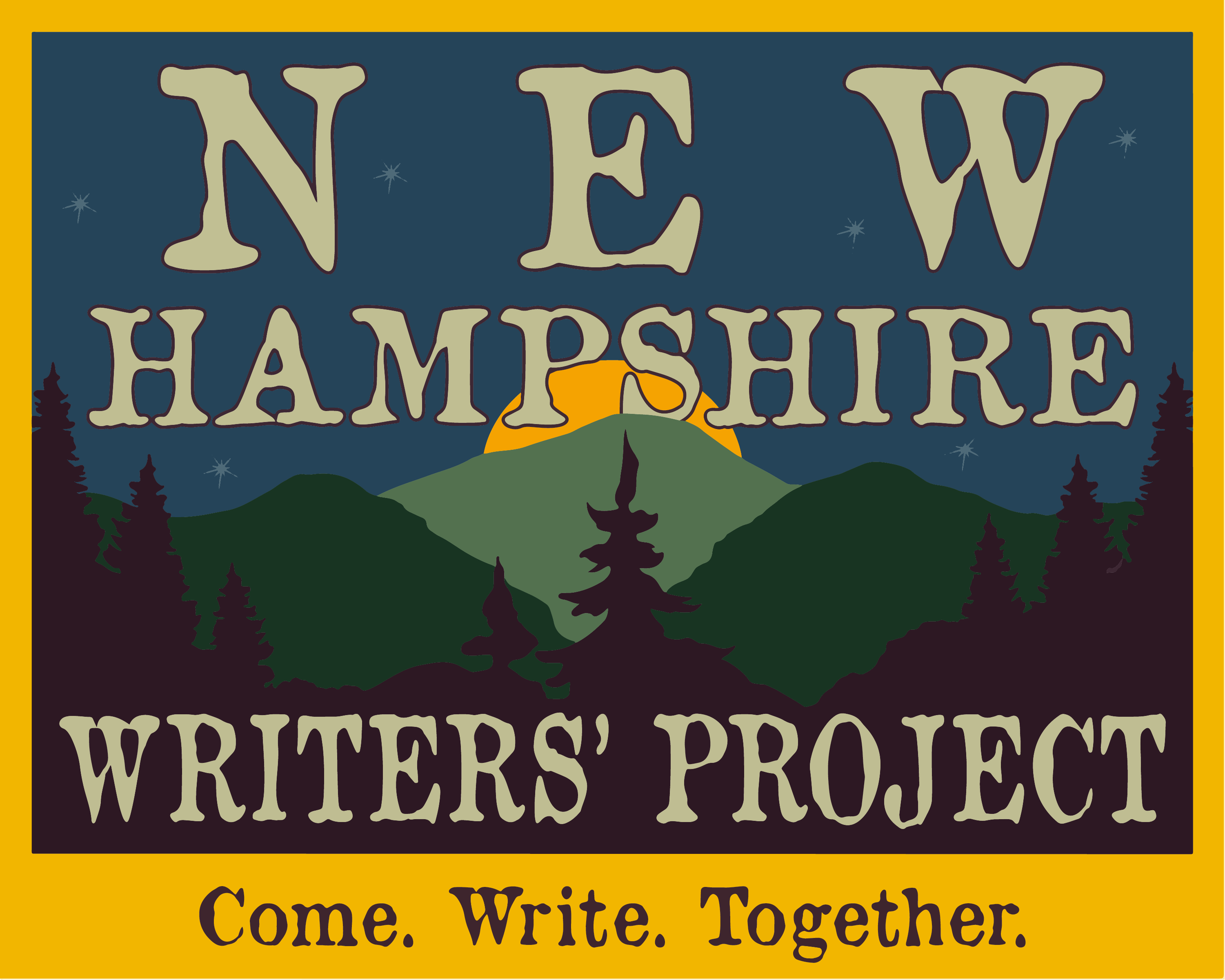
NHWP is delighted the annual fall event, the Three-Minute Fiction Slam is returning, following a two-year hiatus during the height of the COVID-19 pandemic. As happened previously, there are a series of regional flash fiction competitions taking place around the state in October. The winners of the regional events will meet to compete for the coveted award the evening of November 12, 2022 at the Mara Auditorium on the SNHU campus beginning at 7 pm.
In the meantime, let’s talk about this interesting genre.
What Is the Origin of Flash Fiction?
Flash fiction is said to have originated in prehistorical times as oral traditions (storytelling). It was later recorded and written as fables and parables, most notably Aesop’s Fables generally featuring animals as characters.
Flash fiction’s popularity has waxed and waned over the following centuries. Petronius wrote short-stories in ancient Rome. Marie de France wrote them in medieval times. But the genre became firmly established in the 19th century through notable authors who have dabbled in the form, including Balzac, Chekov, Walt Whitman, Kate Chopin, Ambrose Bierce, and Ernest Hemingway.

It has become folklore that Ernest Hemingway created the resurge in the genre’s popularity as the result of a bet at a bar. While this has not been authenticated, it does make for a good story. As it is told, Ernest Hemingway was lunching at the Algonquin, as he was apt to do, sitting at the famous “round table” with several writers, claiming he could write a six-word-long short story. The other writers laughed at this claim, so Hemingway bet them ten dollars each. If he was wrong, he would match it; if he was right, he would keep the pot. He quickly wrote six words on a napkin and passed it around. The words were: “For Sale, Baby Shoes, Never Worn.” He won the bet. His short story was complete. It had a beginning, a middle, and an end.
There are several other theories about where that six-word story really originated. And, it is quite likely that it was first published well before Hemingway claimed to write it. According to the Quote Investigator, an earlier version of this very brief sentence was “For Sale, Baby Carriage, Never Used,” published in a newspaper section called Terse Tales of the Town. Another version is it was first in an essay by William R. Kane, about a certain “wife who has lost her baby.” It was published in 1917, by the title “Little Shoes, Never Worn.”
Nikola Budanovic, a freelance journalist said “this false authorship only helped the story reach and inspire numerous people. These six words found their way into readers’ lives, and in the end, it doesn’t matter who wrote them. What matters is the impact it left on the way we perceive literature, as a compression of feelings that communicate directly with the human soul.” We agree but, it is likely those authors who lost their $10 bet to Hemingway would beg to differ.
What Are the Hallmarks of Flash Fiction?
First, know that flash fiction goes by a litany of names including microfiction, microstories, short-shorts, short short stories, very short stories, sudden fiction, postcard fiction, and nanofiction. Perhaps there are even more.
Given there is now a tiny computer in nearly everyone’s pocket (a cell phone) and our attention spans are not what they used to be, flash fiction is uniquely suited to modern readers — insta-prose. Flash fiction pays homage to the concept that less is best.
There are no set rules for the length of a piece of flash fiction – that is actually determined by the requirements of competitions or publications that feature the genre. However, one should always make every word count. Flash fiction is an author’s game of restraint.
Some flash fiction writing tips include:
- Use strong imagery
- Focus on one scene
- Include no more than one or two characters
- Using first person builds an instant relationship with the reader
- Make sure to surprise your reader at the end
- Make your title work for you
What Does the Future Hold for Flash Fiction?
Flash fiction’s future seems bright. It is gaining more acceptance in the academic world and the number of flash fiction anthologies or collections is increasing. There are also a handful of books available that are flash fiction how-to’s.
The genre’s future can also be predicted by technology. There is no shortage of online magazines that publish the flash fiction genre and content is at huge demand. Flash is a very functional reading form for intelligent readers who have very little time in a rapidly-paced world. Flash fiction gives a reader a big return on a small investment of time.










